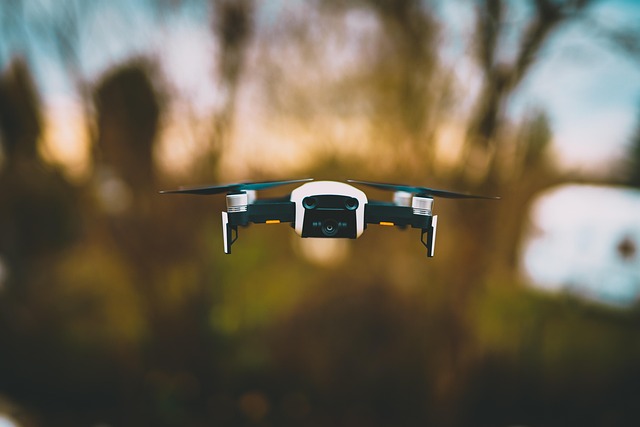In today’s rapidly changing world, the need for innovative and sustainable transport solutions has never been greater. As rural communities seek to enhance their infrastructures and connect with the broader economy, hovercraft technology emerges as a transformative force. The hovercraft, with its unique ability to traverse diverse terrains, is set to revolutionize transport sustainability in rural development.
The environmental impact of traditional transport systems cannot be overlooked. Heavy vehicles contribute significantly to carbon emissions, particularly in areas that are more difficult to reach. Hovercraft, on the other hand, float above the ground or water on a cushion of air, reducing friction and subsequently minimizing fuel consumption. This innovative mode of transport not only lowers emissions but also opens the door for a sustainable future in rural logistics.
In many rural areas, infrastructure can be lacking. Roads may be poorly maintained, and waterways can become challenging to navigate. Hovercraft offer a solution by providing a versatile transport option that can easily transition from water to land. This capability allows for the delivery of essential goods, medical supplies, and even personnel where traditional vehicles may struggle or be entirely inaccessible. With hovercraft, rural communities can enjoy improved access to key resources, fostering economic growth and strengthening local markets.
Beyond economic benefits, hovercraft also contribute to the social fabric of rural development. By enhancing connectivity, they help bridge the gap between remote areas and urban centers, promoting inclusivity and equal opportunities for all. Communities can engage more fully in cultural exchanges, tourism, and education, all while preserving their unique identities.
Moreover, the flexibility of hovercraft presents an exciting opportunity for disaster management in rural regions prone to flooding or natural disasters. Their rapid deployment capabilities can ensure that aid and supplies reach those in dire need without delay. In such scenarios, hovercraft can effectively operate in challenging conditions, proving that innovation in transport is not just about sustainability, but also about resilience.
As we look to the future, the integration of hovercraft into rural development strategies represents an important step toward achieving sustainable transport solutions. By prioritizing environmentally friendly and efficient options, we can pave the way for a more interconnected, equitable, and sustainable society.




